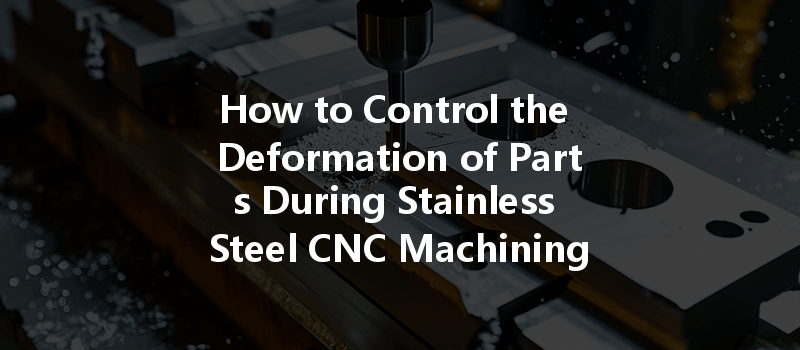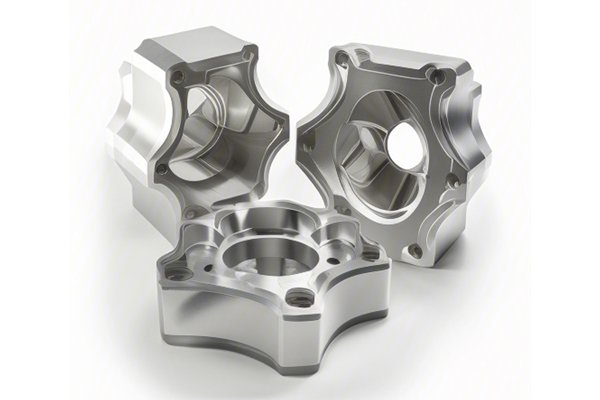Did you know that up to 30% of stainless steel parts can undergo deformation during CNC machining? This not only compromises the part’s intended functionality but can also lead to costly rework and wasted materials. For manufacturers and engineers alike, controlling deformation is critical to maintaining productivity and ensuring quality outputs. So, how do we tackle this pressing issue?
In this comprehensive blog, we will explore the underlying causes of deformation in stainless steel CNC machining and present detailed solutions that can be employed to mitigate these challenges. Whether you’re a seasoned CNC operator or just getting started in this complex field, this post offers valuable insights into best practices and strategies for achieving optimal results.
Understanding Deformation
What is Deformation?
Deformation refers to the alteration of a part’s shape or dimensions due to stresses that it experiences during machining processes. For stainless steel, a material known for its strength and durability, deformation can lead to intricate challenges in achieving precise specifications.
Common Causes of Deformation in CNC Machining
One of the primary causes of deformation in stainless steel parts is thermal distortion. As parts are machined, they generate heat due to friction between the cutting tool and the workpiece. This heat can cause the material to expand unevenly, leading to warping or bending.
Stainless steel often retains internal stresses from previous processing, such as casting or forging. When machined, these residual stresses can manifest, causing the material to warp once parts of the workpiece are removed.
Using the wrong cutting tool or incorrect cutting parameters—like speed, feed rate, and depth of cut—can exacerbate deformation. Overly aggressive cutting can introduce excessive loads on the material.
How a part is secured during machining plays a crucial role in maintaining its shape. Insufficient clamping can allow movement and vibration, leading to inaccuracies.
Inadequate machine rigidity and precision can lead to deflections that negatively impact part geometry.
Techniques to Control Deformation in CNC Machining
To begin with, effective workholding is critical for controlling deformation during machining. Here are some advanced strategies:
Minimizing thermal distortion involves careful management of heat:

Optimizing machining parameters is vital to controlling deformation:
Breaking down machining into multiple operations can enhance accuracy:
Maintaining machine tool precision is essential:
Selecting the appropriate stainless steel alloy and preparation procedure can influence deformation risks:
Incorporating advanced monitoring during the machining process can help identify problems:
: The Importance of Controlling Deformation
In summary, controlling deformation during stainless steel CNC machining is both a challenge and an opportunity for manufacturers to improve efficiency and product quality. By employing advanced workholding techniques, monitoring cutting parameters, and maintaining strict quality controls, manufacturers can minimize deformation risks significantly.
Understanding the methods discussed above will enable engineers to produce high-quality components with minimized rework and waste, keeping production lines efficient and profitable.
In a world where precision engineering is increasingly important, the techniques outlined here are worth considering for any business involved in CNC machining. They not only ensure parts meet stringent specifications but also reinforce the commitment to quality that customers expect in today’s competitive landscape.
By investing in the right strategies to control deformation, you pave the way for innovation, durability, and success in the machining industry.






